
Bavarian Rhön Nature Park: A Landscape of Open Vistas
Discover the Bavarian Rhön Nature Park: A UNESCO Biosphere Reserve offering stunning landscapes, hiking trails, and a commitment to sustainability in the heart of Germany.
The Bavarian Rhön Nature Park, straddling Bavaria, Hesse, and Thuringia, offers a captivating landscape shaped by volcanic activity, mixed forests, and open grasslands. As part of the UNESCO Rhön Biosphere Reserve, it's a haven for hikers and nature enthusiasts. The park features diverse flora and fauna, including rare orchids and the iconic Rhön sheep. Explore the treeless mountain ridges, basalt columns, and the Black Moor, one of Central Europe's most important moorlands. With well-marked trails, the park caters to all levels, promising stunning views and a tranquil escape into nature. The park's commitment to conservation ensures a pristine environment, making it a must-visit destination for those seeking natural beauty and outdoor adventures. Discover the 'land of open distances' and immerse yourself in the serene landscapes of the Bavarian Rhön.
A brief summary to Bavarian Rhön Nature Park
- Burkardroth, 97653, DE
Local tips
- Visit during spring or fall for pleasant weather and vibrant foliage.
- Wear sturdy hiking boots to comfortably navigate the diverse terrain.
- Pack a picnic to enjoy at the scenic viewpoints throughout the park.
- Bring binoculars for birdwatching and wildlife spotting.
- Check the park's website for guided tours and events to enhance your visit.
Getting There
-
Driving
If arriving by car from a nearby town like Bad Kissingen, follow the B286 towards Burkardroth. Once in Burkardroth, look for signs directing you to the Bavarian Rhön Nature Park. Parking is available at designated areas within the park, but it can be limited during peak season. Parking fees may apply, typically around €3-€5 per day at central car parks.
-
Public Transport
From Bad Kissingen, take bus line 24 towards Burkardroth. The bus ride takes approximately 30-40 minutes. Alight at the Burkardroth bus stop and follow the signs to the Bavarian Rhön Nature Park, which is within walking distance. A single bus fare costs around €3-€4. Consider purchasing a day ticket if you plan to use public transport extensively in the area.
-
Walking
If you arrive in Burkardroth by bus, the Bavarian Rhön Nature Park is accessible by foot. From the Burkardroth bus stop, follow the signs towards the park entrance. The walk is approximately 1-2 kilometers and should take around 15-30 minutes. The path is well-marked and relatively easy to navigate.
Discover more about Bavarian Rhön Nature Park
Iconic landmarks you can’t miss
Bavarian Rhön Nature Park
0.0 km
Discover the Bavarian Rhön Nature Park: A UNESCO Biosphere Reserve offering stunning landscapes, hiking trails, and a commitment to sustainability in the heart of Germany.

Naturlehrpfad Schwarzes Moor
13.8 km
Explore the breathtaking Naturlehrpfad Schwarzes Moor in Fladungen, where nature's beauty and wildlife come together on a memorable hiking adventure.
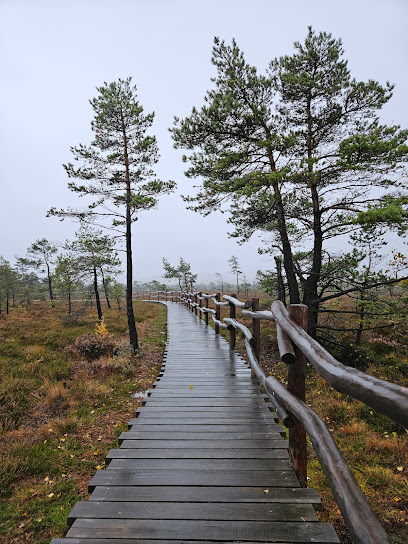
Bildeiche bei Albertshausen
23.9 km
Experience the grandeur of the Bildeiche bei Albertshausen, an ancient oak tree that stands as a symbol of nature's beauty in Bad Kissingen.
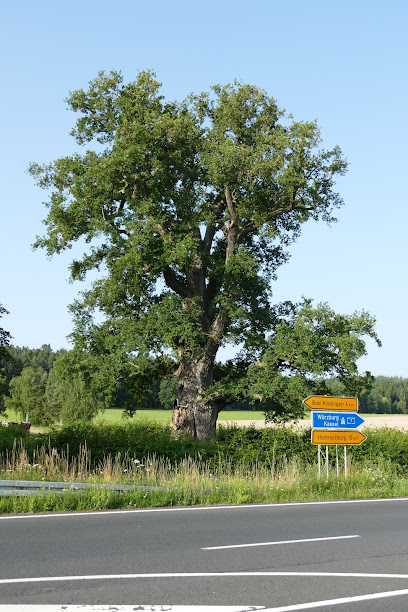
Sitzbank aus Sandstein
54.0 km
Discover the serene Sitzbank aus Sandstein in Lohr am Main, a charming spot to relax and enjoy the beauty of the surrounding nature and local culture.
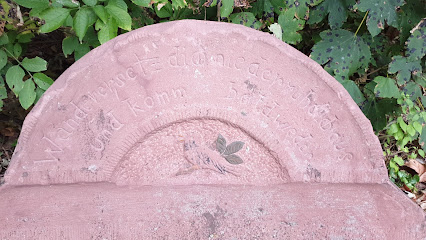
Bayersturm
54.6 km
Explore Bayersturm, a medieval tower in Lohr am Main, steeped in history and architectural beauty, perfect for memorable photos and cultural immersion.
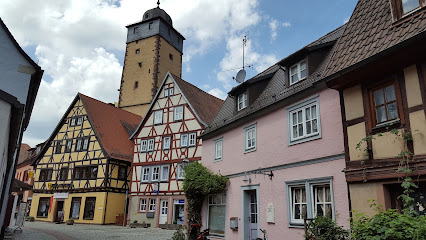
Königsberg i. Bay. Altstadt
56.8 km
Discover the historical charm of Königsberg i. Bay. Altstadt, where rich culture and stunning architecture await every visitor in this picturesque German town.
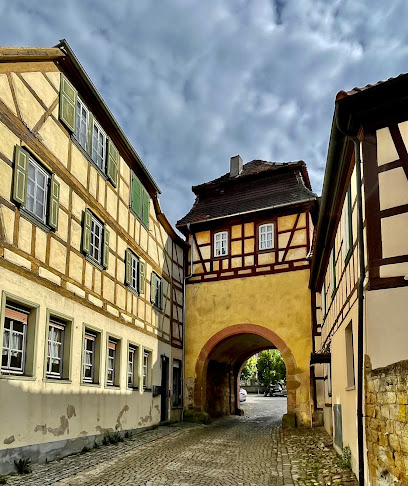
Staabskreuz
64.7 km
Explore the tranquil beauty of Staabskreuz in Rothenbucher Forst, a perfect retreat for nature lovers and adventure seekers alike.

Unesco Geopark Thueringen
64.8 km
Discover the breathtaking Unesco Geopark Thüringen, where geological wonders and natural beauty await adventurers and nature lovers alike.
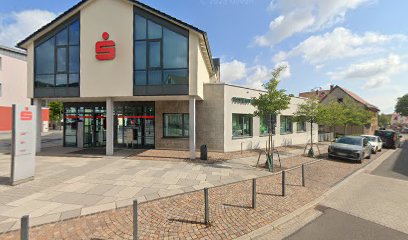
Hotel Spechtshaardt
65.2 km
Experience the warmth of Rothenbuch at Hotel Spechtshaardt, where comfort meets local charm amidst stunning landscapes and delicious German cuisine.
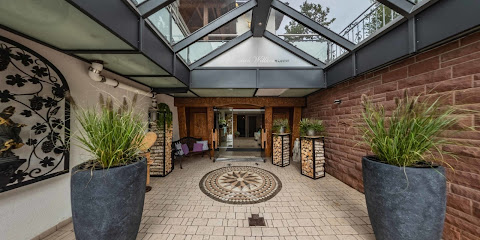
Wallfahrtskirche Maria Limbach - Diözese Würzburg
66.7 km
Discover the Baroque splendor and spiritual serenity of Maria Limbach Pilgrimage Church near Eltmann, a historic site of faith, art, and miraculous healing in the heart of Bavaria.

St. Elisabeth
67.0 km
Discover the spiritual heart of Eisenach at St. Elisabeth Church, a stunning neo-Gothic landmark offering a serene escape and a glimpse into the region's rich religious history and artistic heritage.
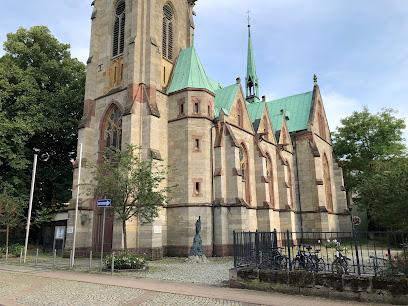
Schleifthor
67.6 km
Explore the enchanting Schleifthor National Forest, a serene escape filled with lush landscapes, diverse wildlife, and scenic trails for all adventurers.
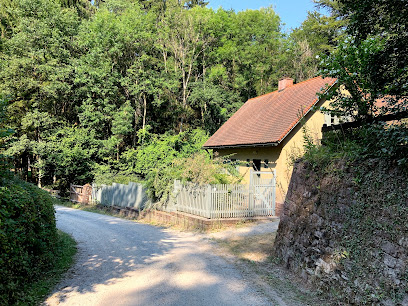
Bismarckturm
67.7 km
Discover panoramic views and historical significance at the Bismarckturm Würzburg, nestled in the scenic Bismarckwäldchen near the renowned Würzburger Stein vineyard.
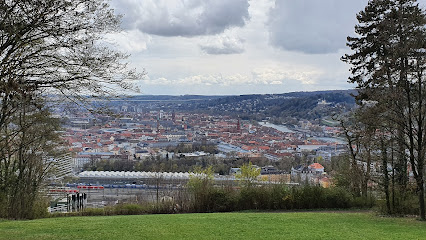
Morellibank
67.7 km
Explore the historic allure of Morellibank in Würzburg, a captivating landmark that embodies the city's rich cultural heritage and picturesque landscapes.
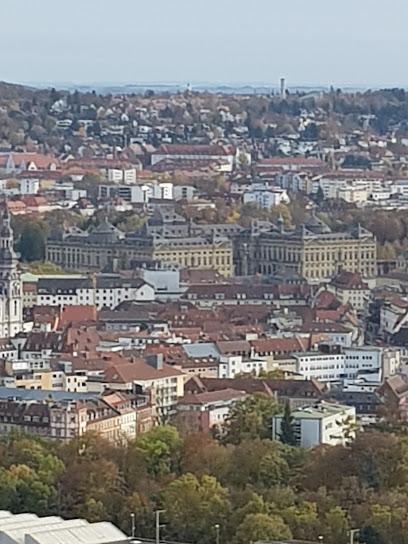
Museum im Kulturspeicher Würzburg
68.5 km
Discover a captivating fusion of modern art and industrial history at the Museum im Kulturspeicher Würzburg, showcasing diverse collections in a repurposed grain storage building on the Main River.
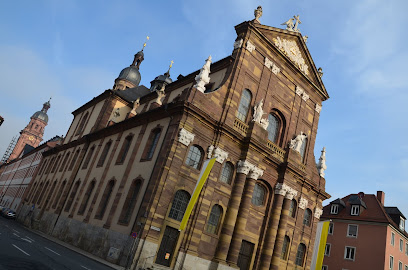
Unmissable attractions to see
Black Moor
13.0 km
Discover the serene beauty of Black Moor, a national reserve perfect for nature lovers and wildlife enthusiasts in the heart of Germany.
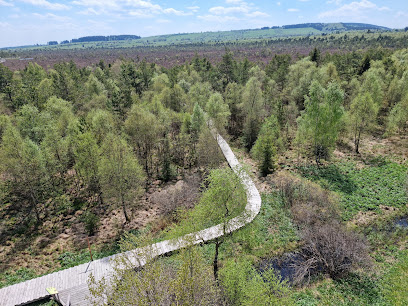
Franconian Open Air Museum Fladungen
17.3 km
Explore Bavaria's rich heritage at Franconian Open Air Museum Fladungen, where history comes alive through immersive experiences and stunning landscapes.
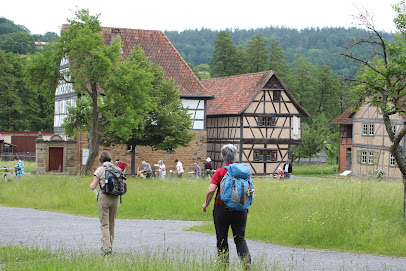
Nördlichster Punkt Bayerns
19.7 km
Experience the tranquility and stunning views at the Northernmost Point of Bavaria in Erbenhausen, a hidden treasure in Germany's beautiful landscape.
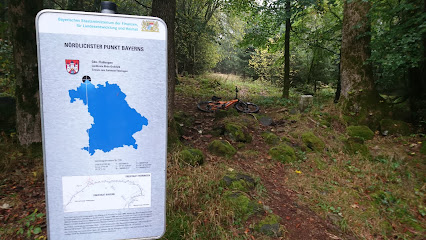
Stadtschloss Fulda
25.6 km
Explore the baroque beauty and rich history of Stadtschloss Fulda, a must-visit castle in the heart of Germany's cultural landscape.
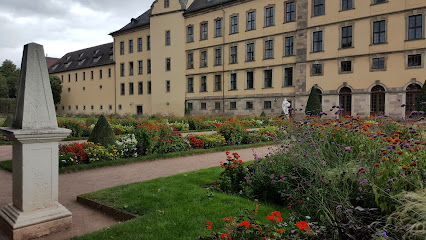
Fulda Bonifatius Denkmal
25.6 km
Discover the Bonifatius Denkmal in Fulda, a stunning tribute to Saint Boniface, rich in history and surrounded by serene landscapes.
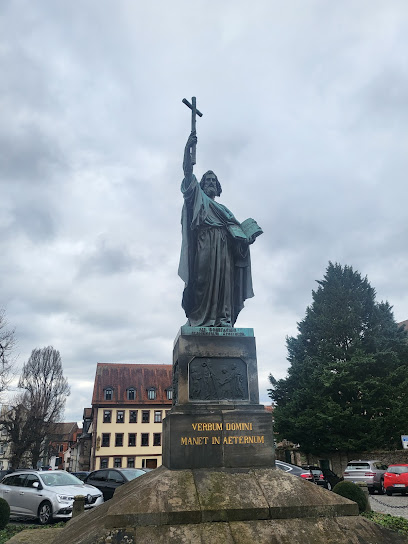
Schlossgarten
25.7 km
Explore the stunning Schlossgarten in Fulda, a serene state park with lush landscapes, historical charm, and vibrant cultural events, perfect for all tourists.
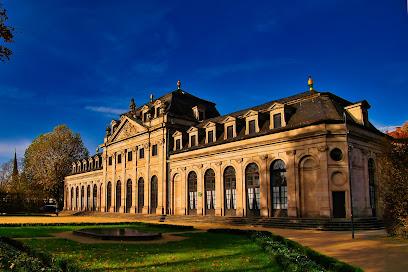
Schlosspark Fulda
25.7 km
Discover the beauty and tranquility of Schlosspark Fulda, a serene state park perfect for relaxation and exploration of nature and history.
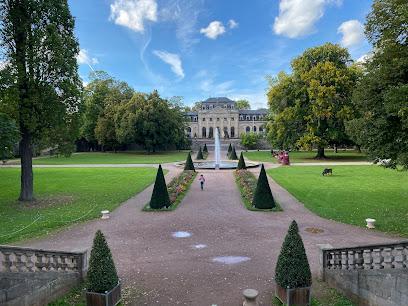
Hoher Dom zu Fulda
25.8 km
Discover the Hoher Dom zu Fulda, a Baroque masterpiece that embodies the spiritual and historical essence of Fulda, Germany.
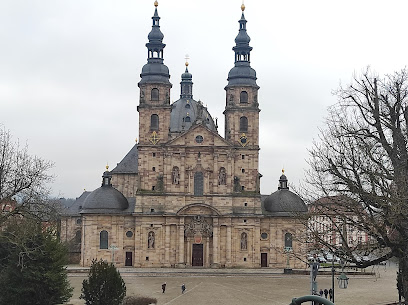
St. Michael Church, Fulda
25.9 km
Discover the architectural beauty and spiritual serenity of St. Michael Church in Fulda, a historic Baroque masterpiece overlooking the city.
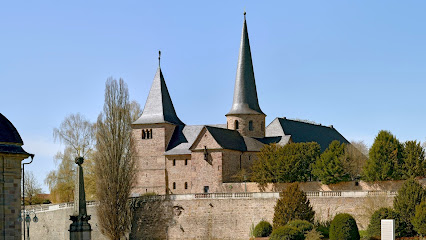
Bonifatiusstieg - Station 1
26.4 km
Explore the serene Bonifatiusstieg - Station 1 in Fulda, where nature and spirituality meet in perfect harmony, offering a tranquil escape for all travelers.
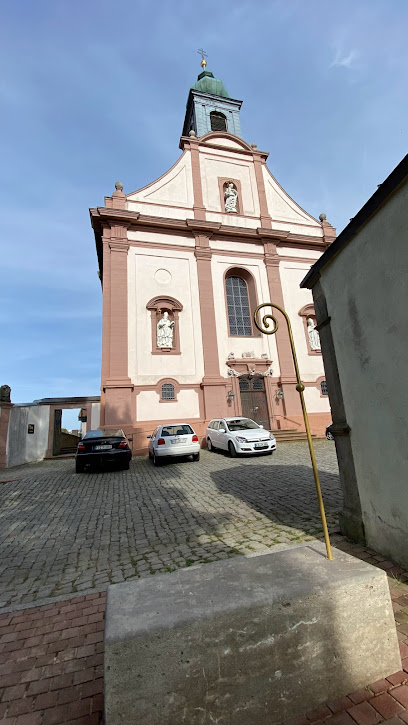
Kath. Pfarramt St. Boniface
27.1 km
Explore the serene beauty and rich history of Kath. Pfarramt St. Boniface, a stunning church in Fulda's charming borough of Horas.
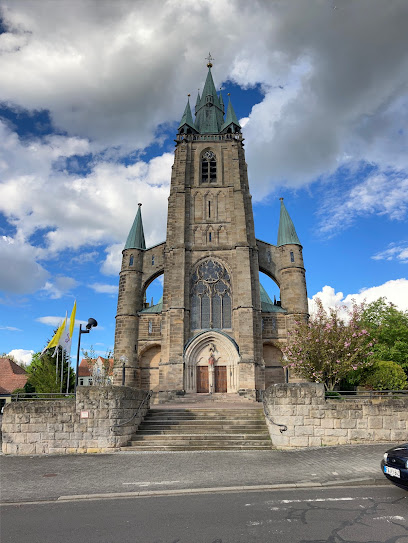
Schulzenberg
29.2 km
Experience the serene beauty of Schulzenberg, a picturesque viewpoint in Fulda, Germany, perfect for relaxation, photography, and nature exploration.
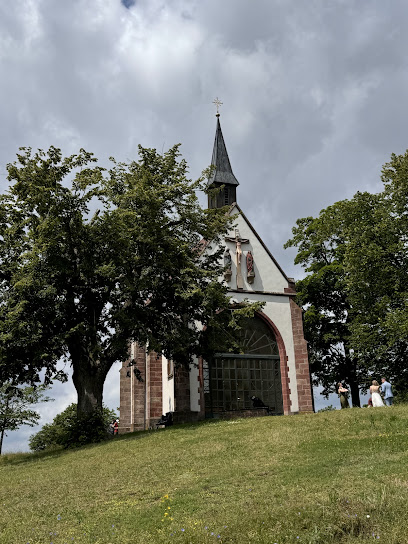
Museum Herrenmühle
33.7 km
Discover the intertwined stories of bread and wine at the Museum Herrenmühle in Hammelburg, Franconia's oldest wine town. Explore exhibits in a historic mill on a charming island.

Kellereischloss
34.1 km
Discover the Kellereischloss in Hammelburg: a Baroque masterpiece with rich wine cellars, housing history, culture, and Franconian charm in Germany's oldest wine town.
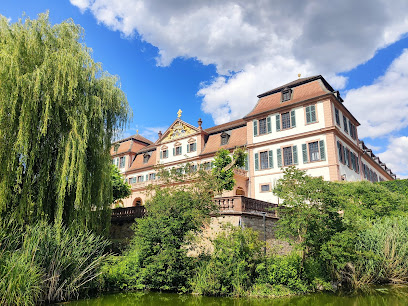
Tretstein-Wasserfall
35.0 km
Discover the enchanting Tretstein Waterfall near Gräfendorf, a natural monument offering a refreshing escape into the scenic beauty and geological wonders of the Bavarian Rhön.
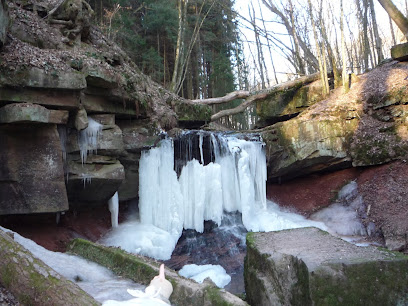
Essential places to dine
Laudensacks Gourmet-Restaurant
26.3 km
Discover culinary excellence at Laudensacks Gourmet-Restaurant in Bad Kissingen, where every dish tells a story of flavor and artistry.
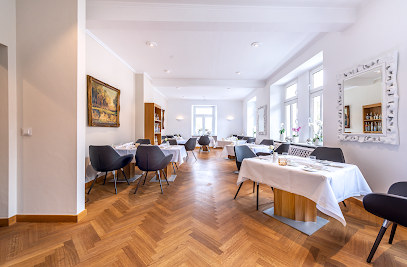
Main Spessart Terrasse Hotel & Restaurant
45.5 km
Discover exquisite German cuisine with stunning views at Main Spessart Terrasse in Gemünden am Main.
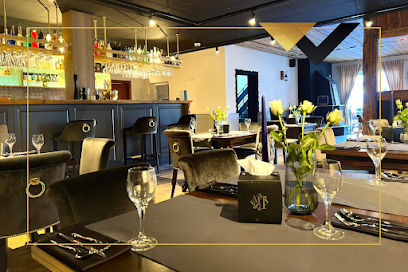
Zur Wachtel
47.1 km
Discover authentic German cuisine at Zur Wachtel in Lauterbach, where tradition meets flavor in every dish.
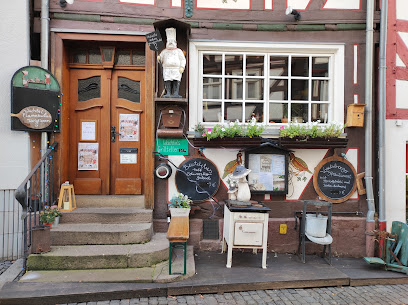
Zur Traube
52.6 km
Experience authentic German cuisine at Zur Traube in Frammersbach – where tradition meets culinary innovation.
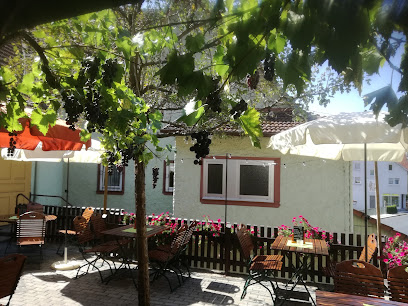
Hotel-Restaurant Schwarzkopf
52.7 km
Experience exquisite European cuisine and comfortable accommodations at Hotel-Restaurant Schwarzkopf in Frammersbach.
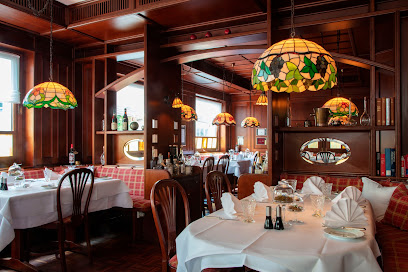
Gasthof Küferstube
54.1 km
Experience authentic German cuisine and cozy accommodations at Gasthof Küferstube in Lohr am Main.
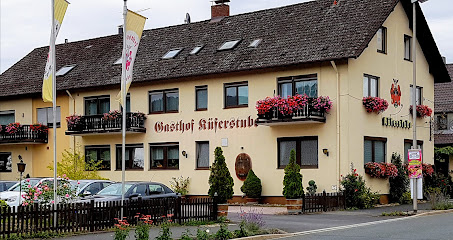
Schönbrunnen Lohr
54.6 km
Experience the best of German cuisine at Schönbrunnen Lohr, where tradition meets flavor in every bite.
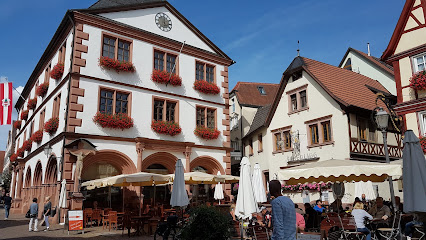
Keiler Brauhaus
54.7 km
Discover the rich flavors of Germany at Keiler Brauhaus – where local brews meet traditional Franconian cuisine.
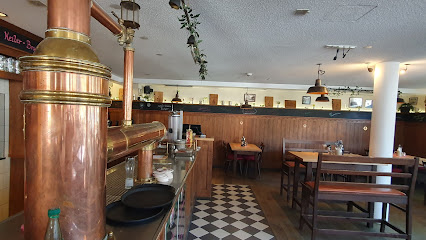
Restaurant Regenbergeck
55.2 km
Experience the charm and flavors of Zella-Mehlis at Restaurant Regenbergeck – where local cuisine meets inviting atmosphere.
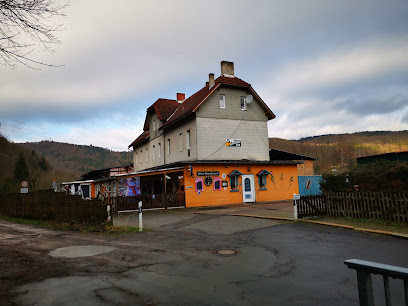
Zur frischen Quelle
56.3 km
Experience authentic German cuisine at Zur frischen Quelle in Frammersbach—home to unforgettable schnitzels and warm hospitality.
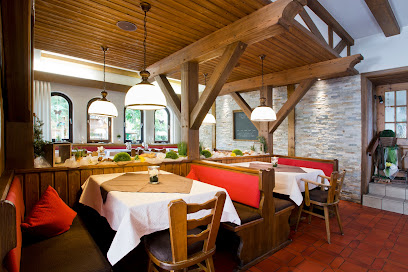
Gasthaus Naturheilgarten
56.4 km
Discover the flavors of Germany at Gasthaus Naturheilgarten – a delightful blend of tradition and taste in Suhl.
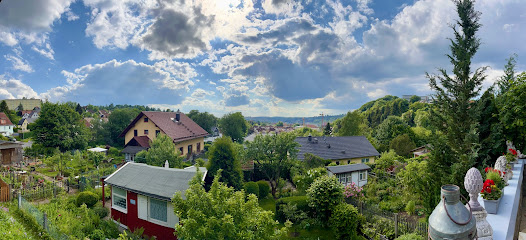
Gaststätte Zum Einsiedel
56.8 km
Discover authentic German flavors and vibrant nightlife at Gaststätte Zum Einsiedel in Zella-Mehlis – a perfect blend of cuisine and culture.
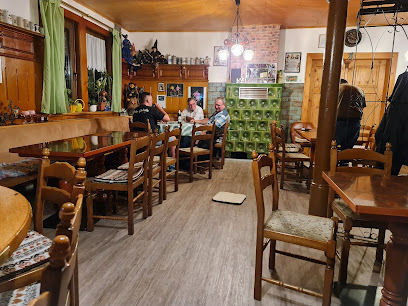
Waldschenke am Geiersberg - Thomas Körmer
60.0 km
Experience authentic German cuisine amidst breathtaking views at Waldschenke am Geiersberg in Goldlauter-Heidersbach.
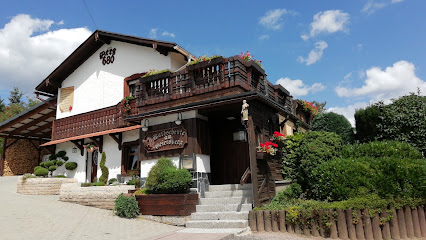
Wirtshaus Heygerbruck GbR
60.3 km
Discover the charm of Wirtshaus Heygerbruck: A delightful inn and gastropub offering authentic German cuisine in scenic Heigenbrücken.
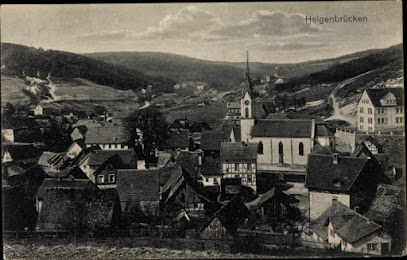
Restaurant Kartoffelsack
61.6 km
Experience authentic German flavors at Restaurant Kartoffelsack in Alsfeld – a culinary gem celebrating local ingredients and tradition.
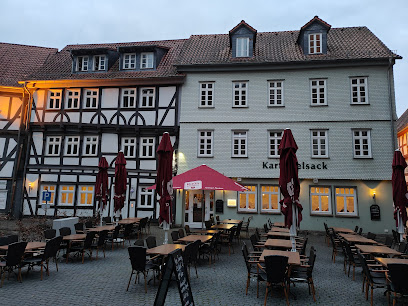
Markets, malls and hidden boutiques
RESCUETRIBE
21.9 km
Explore RESCUETRIBE, the ultimate clothing destination where local culture meets unique style, perfect for every fashion-forward traveler.

Ein|laden in Lettgenbrunn
47.8 km
Explore local flavors at Ein|laden in Lettgenbrunn, your go-to grocery store for fresh produce and delightful picnic spots.
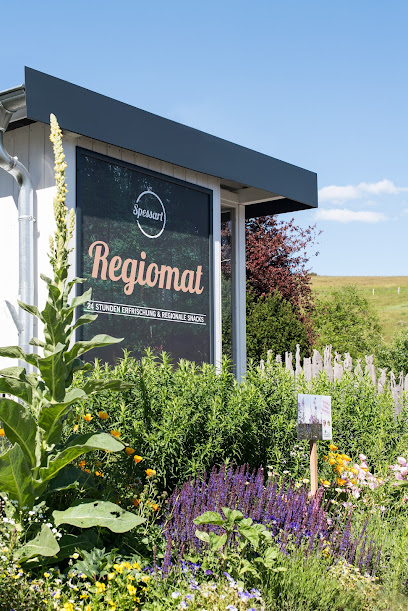
CUBE Store Lohr am Main - bikePoint Rhön GmbH & Co KG
53.9 km
Explore the best of cycling at CUBE Store Lohr am Main - your one-stop destination for quality bikes and expert advice.
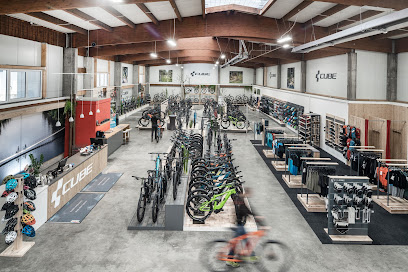
Buchhandlung Schöningh in Lohr am Main
54.6 km
Discover literary treasures at Buchhandlung Schöningh, a charming bookstore in Lohr am Main, where book lovers find their next great read.

O' Lady
54.6 km
Discover O' Lady, the premier women's clothing store in Lohr am Main, featuring stylish dresses and unique fashion accessories for every occasion.

mister*lady
54.6 km
Explore the vibrant fashion scene at mister*lady, your one-stop clothing store in Lohr am Main for stylish outfits and accessories.
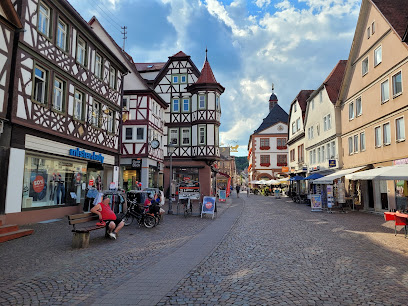
Montana Boutique
54.6 km
Explore Montana Boutique in Lohr am Main for trendy fashion and a delightful shopping experience in a charming setting.
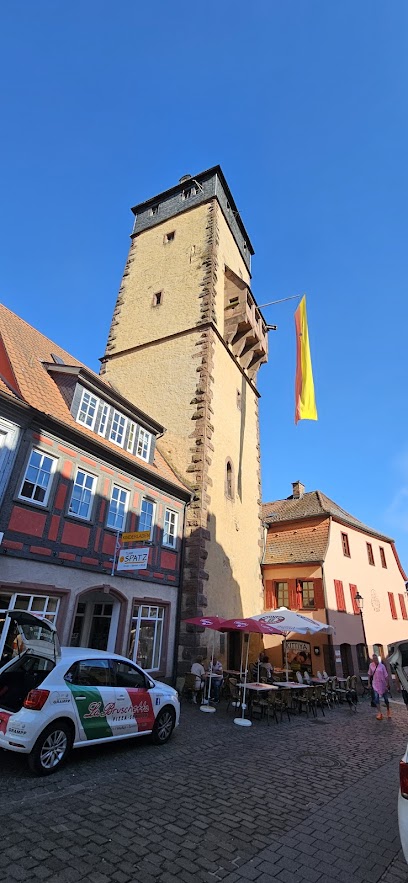
Basti Ihr Bastelladen
54.6 km
Discover Basti Ihr Bastelladen, a delightful craft store in Lohr am Main, perfect for unleashing your creativity and finding unique art supplies.

Fassnacht
54.6 km
Explore Fassnacht in Lohr am Main, your one-stop destination for exquisite stationery and unique office supplies, perfect for creativity and inspiration.
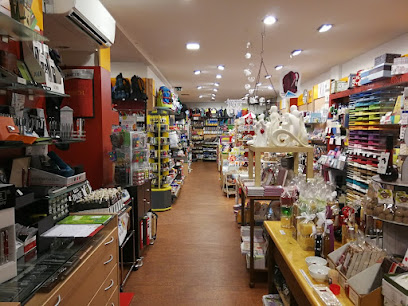
BONITA
54.7 km
Discover stylish women's fashion at BONITA in Lohr am Main, where trendy dresses meet charming local flair for the ultimate shopping experience.

INTAKT Gebraucht Waren Zentrum Main-Spessart
54.8 km
Explore sustainable treasures at INTAKT Gebraucht Waren Zentrum, a unique used furniture store in the heart of Lohr am Main, Germany.
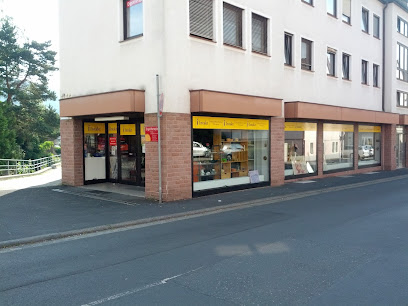
Kletterwald Spessart
59.7 km
Experience the thrill of climbing at Kletterwald Spessart, a top destination for adventure lovers in the heart of nature, perfect for families and outdoor enthusiasts.
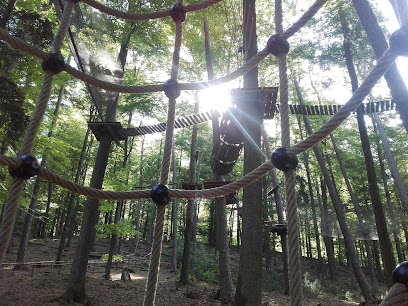
Uhrenstübchen Ruhla
60.1 km
Discover exquisite timepieces and the art of watchmaking at Uhrenstübchen Ruhla, a charming watch store in the heart of Germany.
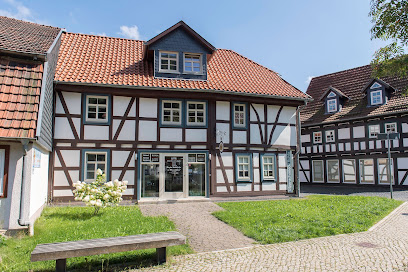
Mode Express
60.9 km
Explore Mode Express in Neuenstein for trendy and timeless fashion selections that reflect the local style and culture.
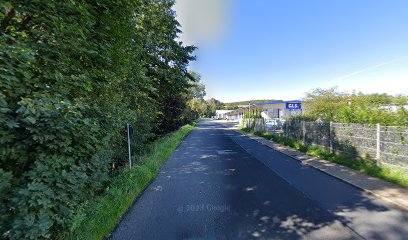
PAIDI Werkverkauf
67.0 km
Explore PAIDI Werkverkauf in Hafenlohr for exquisite furniture that combines style, quality, and affordability in a charming setting.

Essential bars & hidden hideouts
Alabama Bar
52.8 km
Experience the vibrant atmosphere of Alabama Bar in Frammersbach, where delightful drinks and friendly locals create unforgettable nights.
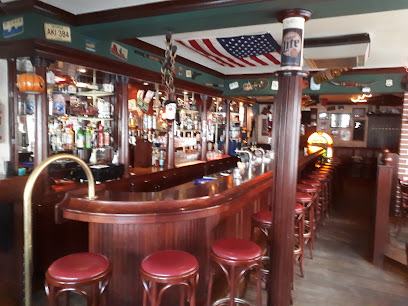
Weinhaus Mehling
54.6 km
Explore Weinhaus Mehling, a charming wine bar and restaurant in Lohr am Main, offering exquisite wines and delicious local cuisine in a cozy atmosphere.
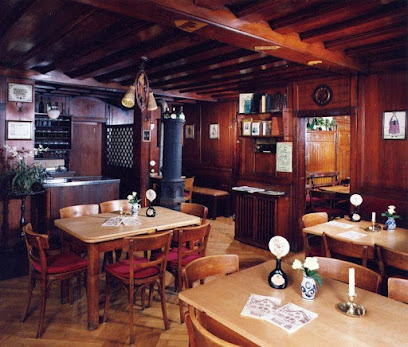
Platin [PT]
54.8 km
Discover the vibrant Platin Lounge in Lohr am Main, offering exquisite cocktails, premium hookah, and an inviting atmosphere for relaxation.
![Platin [PT]](https://evendo-location-media.s3.amazonaws.com/BarImages/58d11f6f-9d72-4511-877a-f9ce23698e27)
Fame Tanz- und Cocktailbar Restaurant
55.4 km
Discover the vibrant nightlife of Suhl at Fame Tanz- und Cocktailbar, where great cocktails and dancing await you.
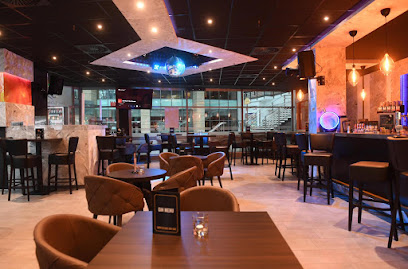
Zum Feierabend
55.7 km
Discover the cozy charm of Zum Feierabend, a local bar in Suhl, Germany, where great drinks and friendly service create unforgettable evenings.

Gaststätte Marktschänke
56.4 km
Discover the warmth of German hospitality at Gaststätte Marktschänke, where traditional cuisine meets a cozy bar atmosphere in Zella-Mehlis.
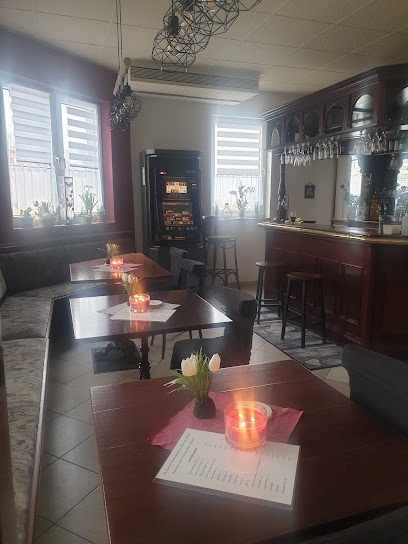
Mauerwerk
56.7 km
Discover Mauerwerk, a charming bar in Zella-Mehlis, offering a cozy atmosphere and delightful drinks perfect for unwinding after your adventures.

Grüner Baum
57.2 km
Experience authentic German hospitality at Grüner Baum in Lohr am Main, where cozy ambiance meets delicious local brews and hearty dishes.
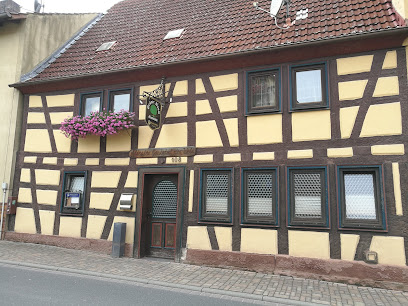
Altes Forsthaus Heigenbrücken
60.6 km
Experience the best of local cuisine and fine wines at Altes Forsthaus Heigenbrücken, a perfect blend of nature and culinary delight.
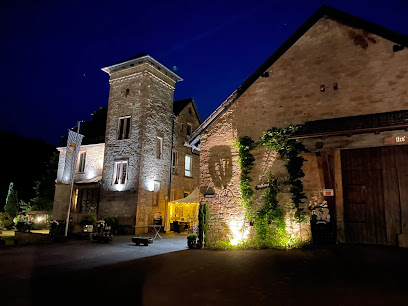
Paul's
62.5 km
Discover the lively nightlife of Oberhof at Paul's Bar, where great drinks and unforgettable experiences await in a vibrant setting.
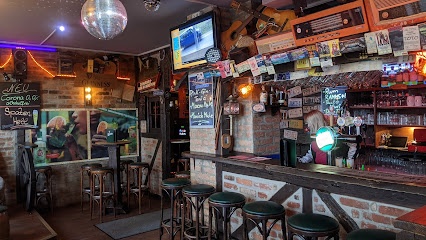
Shakes Beer
62.6 km
Experience the charm of Irish hospitality at Shakes Beer, Oberhof's premier pub for delicious food and a lively atmosphere.
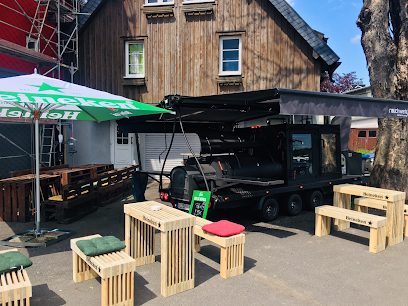
Waldbar
62.7 km
Discover Waldbar in Oberhof: A charming cocktail bar with a cozy beer garden, perfect for unwinding after your adventures in this beautiful region of Germany.
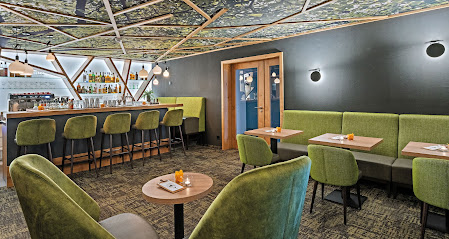
Spessarttor
64.2 km
Explore the lively atmosphere of Spessarttor, a vibrant bar and live music venue in Hain im Spessart, perfect for a night of entertainment.

NiCe Cocktails
64.8 km
Discover the art of mixology at NiCe Cocktails, Geiselbach's premier cocktail bar offering handcrafted drinks in a cozy ambiance.

Cocktailchef Rhein Main
65.3 km
Experience innovative cocktails and a vibrant setting at Cocktailchef Rhein Main, your go-to destination for a delightful night out in Blankenbach.




